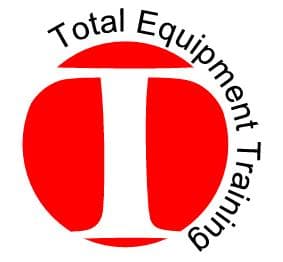Fall Protection Training
Fall protection training is the sharing of skills and knowledge to make working at heights safer. It entails several safety measures to prevent falls from occurring, as well as, being aware of risks and hazards that could cause a fall. Even with all the technological developments in the construction industry,…
